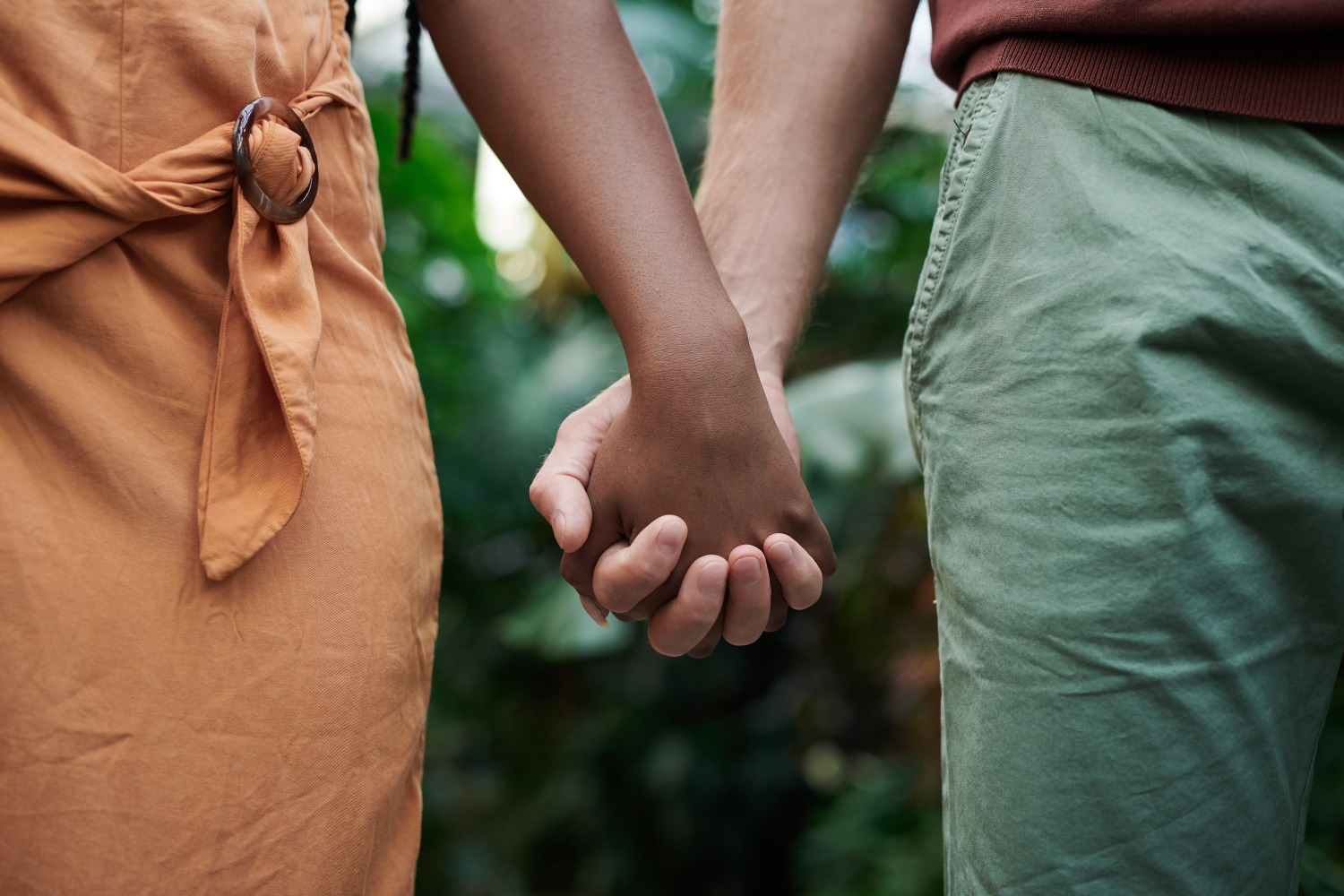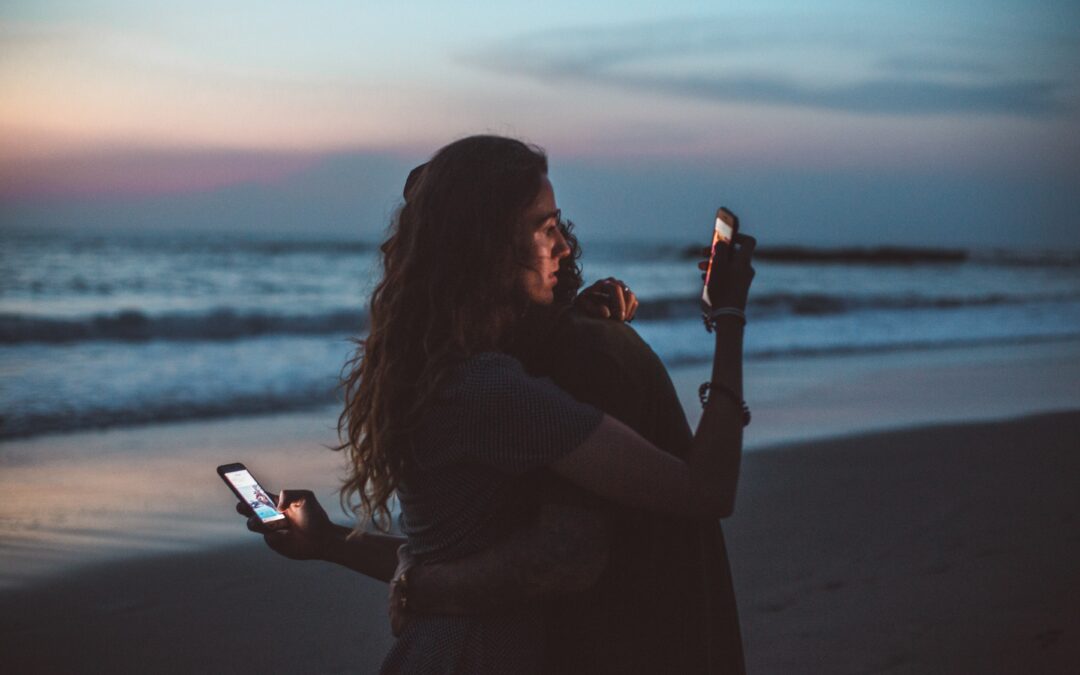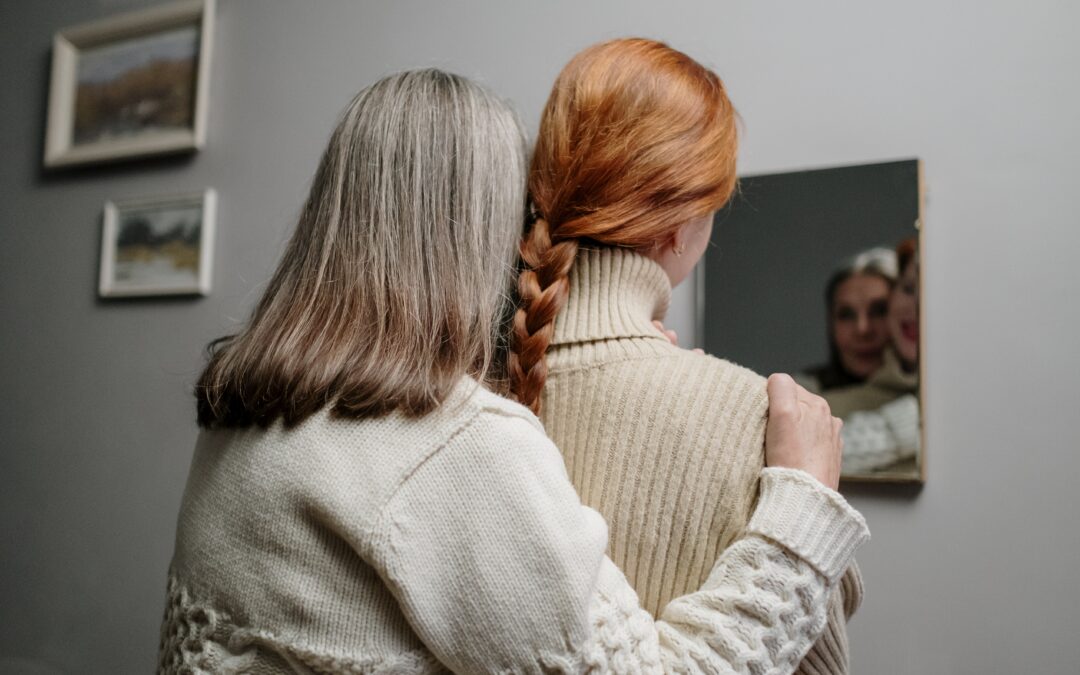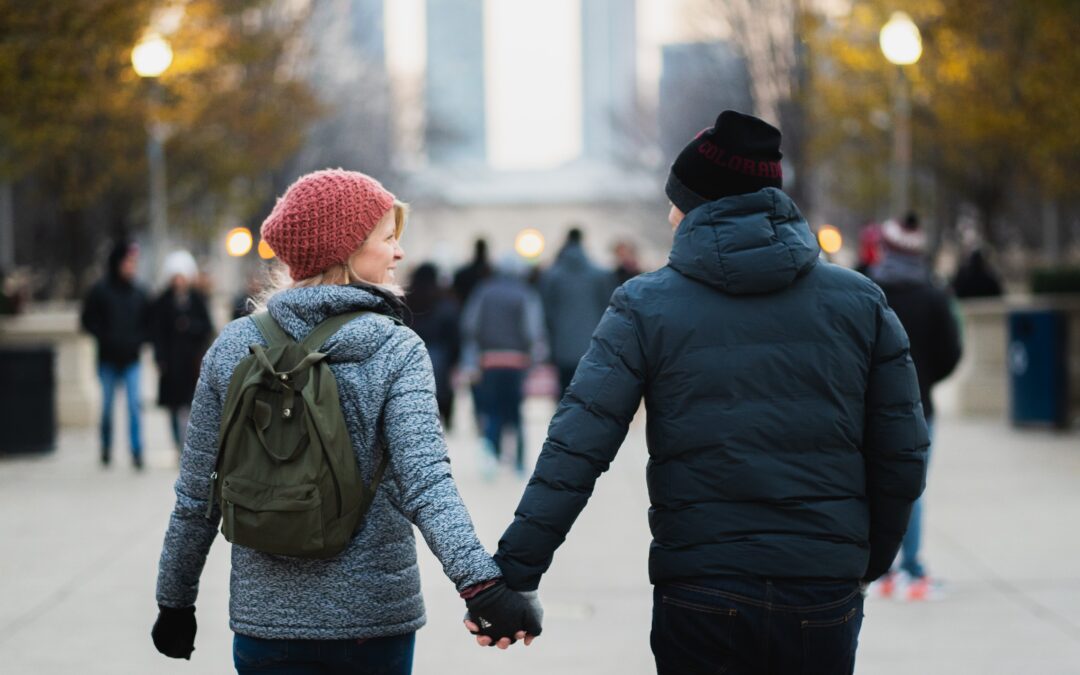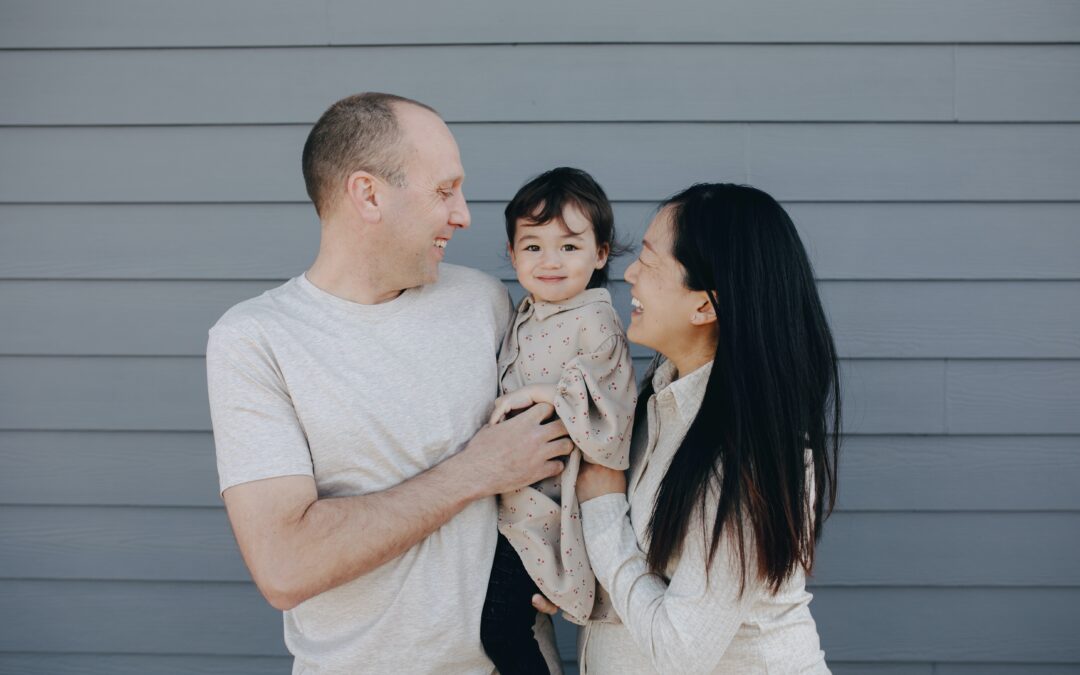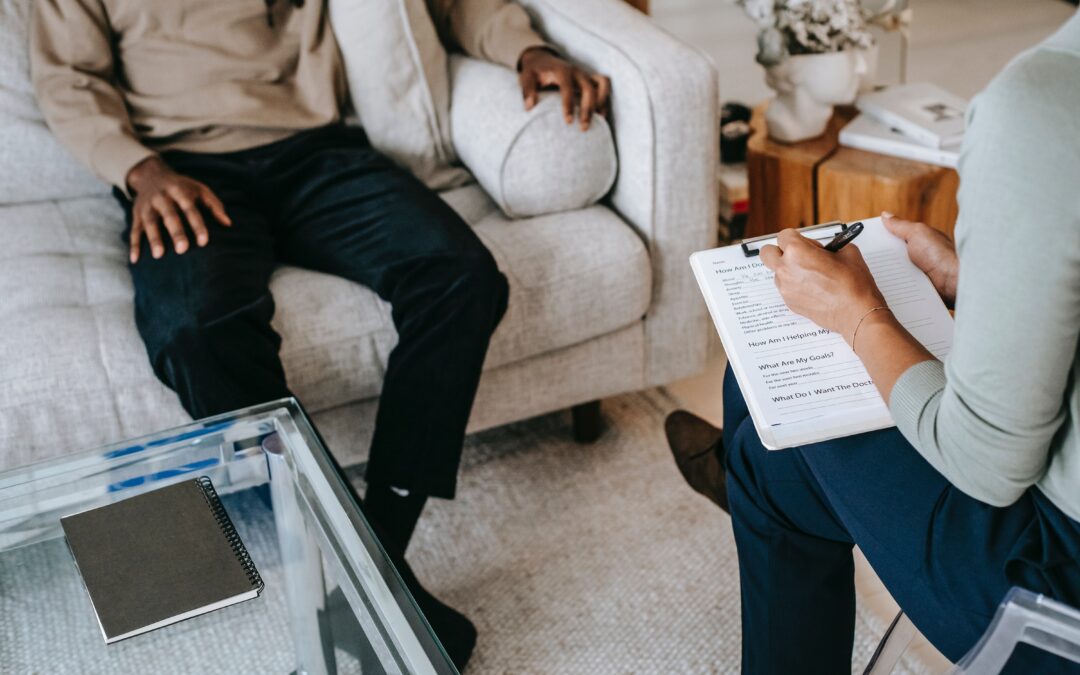On May 3, The Daily Princetonian published a visual essay called “What I wish we were taught about sex and intimacy,” where a student described a freshman year experience with sex and intimacy. Entering Princeton with an ex-boyfriend behind her, she remembers calling a high school friend attending another school. Though the author had initially been swept up by a variety of exciting campus activities, she felt “pretty miserable and lonely.” Her experiences seemed to pale in comparison with those of her friend, who met “all these new people” and had a new hookup every weekend.
The Pursuit of Intimacy
Soon after downloading the Tinder dating app, she received a text from an upperclassman around midnight, asking if she would like to meet him in his room. Motivated by the willingness to be sex positive, but questioning her own motives and desires, she went to meet him “shaking with some unexplainable mix of nervousness and fear and perhaps, excitement.” Afterward, she returned to her dorm for another hot shower, “scrubbing…off…the shame, the smell, the encounter, the memory.” Multiple late-night (and some alcohol-fueled) hookups later, the author felt a sense of panic when she saw him in public. Fast forward “years later,” and she realized that she related to the eerie discomfort felt by a TV show character who learns that her random sexual encounter while abroad was a set-up. The author felt unsure whether the decision to hookup with that upperclassman back in freshman year was really her idea, and whether she had truly consented. Recognizing herself in this character’s storyline, the loneliness and lack of confidence she felt as a freshman seemed to be her primary motivator for hooking up. Regret then led to a litany of unanswered questions: “Why did he want to hook up with me? Didn’t I want it?….Why do I still feel so weird?” Ultimately, she comes to understand that what she truly wanted was friendship – “I guess I just wanted to matter to him as more than just a body.”
There’s More to Intimacy Than Sex
The author concludes that surrounding culture does little to teach people “how to have healthy relationships and how to communicate.” It also teaches nearly nothing about what a healthy relationship looks like – in part because affirming healthy relationships means not affirming unhealthy ones, and this judgment depends on a right view of the human person. Universities talk extensively about consent and safe sex practices, but rarely do they help students understand the meaning of sex and intimacy as an extension of personhood or think critically about the benefits of committed chastity. Many student-resource groups are eager to term themselves “sex positive,” but in doing so, they gloss over the inconvenient truth about sex: while it is indeed a good thing, that goodness depends on how one pursues it and in what context. A healthy encounter depends upon not one, but two persons coming together in a truly personal, self-giving way. As the student author’s story shows, too many students stew over mediocre sexual experiences only to realize that they were really undesired in the first place. Students don’t want to be left to their own devices when it comes to discerning good relationships from unhealthy ones, and they need to be presented with ways of seeking interior peace before momentary pleasure, and encouraged to attain the kinds of virtues that might help them lead better, more confident lives. If they don’t discover this through religious faith, there is plenteous wisdom on offer from the secular past and present research to help them avoid the toxic traps laid for them by circumstance and bad social teaching.
Navigating Sex, Desire, Boundaries, and Consent
Schools do a disservice to students when they fail to elaborate on the complexities of starting and keeping relationships, whether by driving home “yes means yes,” “no means no” ad nauseam or by consistently equivocating on specifics for fear of causing offense. Students of all backgrounds, persuasions, and “identities” will benefit from an education in chastity over cursory instruction in consent and the fantasy of sex without consequences. Schools owe to students and students to themselves a way to probe the depths of their hearts, to discover their desire for relationships marked by the dignity that they themselves possess. The author is right that students don’t learn “how to have healthy relationships and how to communicate,” but patriarchy isn’t the culprit. Many young people have been brought up not to think critically about whether the pleasure and connection felt in sex is good outside the context of lifelong commitment. While the ideal of chastity before marriage may not be everyone’s cup of tea, it helps one frame personal boundaries and consent within the context of desire for something more permanent and potentially fulfilling. Finally, chastity education – prioritizing the integrity of the whole human being, sexuality and all – can shed light on the relational ambiguities that cause the most trouble. These are the spaces in which we cultivate our moral sensibility, choosing thoughtfulness over impatience, restraint over self-indulgence, and love over selfishness.

